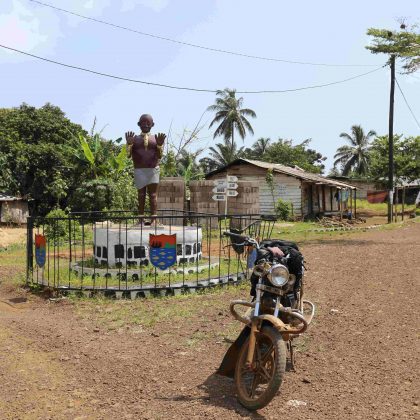It takes just ninety seconds to make women prefer less masculine faces: Video about the epidemic is the key!
There are several studies which investigated how environmental harshness influences mate choice, in particular whether masculine or feminine faces are perceived as more attractive when the environment is harsh. Their results were inconsistent, probably because environmental harshness is not a monolithic concept: it is rather a set of unfavourable conditions which can, in principle, lead to opposing predictions regarding the preference for masculinity. Perhaps when resources are scarce, masculinity might be preferred, while when pathogens are prevalent, feminine faces could become more appealing because of the hypothesised immunosuppressive effect of testosterone.
We used a video-based manipulation to tackle this issue. We recruited about 300 women and showed them videos to highten their awareness of a specific kind of environmental harshness. They viewed either a video about an impending economic crisis or a video about a dangerous bird flu. (The data were collected before the current pandemic.) Participants in the control condition were presented with a neutral video about space (planets and such).
After video viewing, we presented our volunteers with photographs of men manipulated to be either 50% more masculine or 50% more feminine. We showed the manipulated photographs side by side and asked volunteers to indicate which of the two looks like a more suitable long-term partner. Then we showed the participants all photographs again, one by one, and asked them to rate their attractiveness, formidability, and health (in a random order).
Because we were interested in potential mediating effects, we used an analysis comprised of several multiple regressions. We observed how the video influenced the level of perceived resource scarcity and pathogen prevalence, how these variables influenced the attractiveness, formidability, and healthiness ratings of the masculinised and feminised faces, and how the differences between ratings together with all the other predictors affected the outcome of the forced choice between a masculinised and feminised face. We included the effect of presentation laterality, because it is well known that people often select the face on the right even where the two displayed photographs are identical. Wherever suitable, we also included varying effects of targets, raters, and target-rater interactions.
We confirmed our hunch! Masculinised faces were selected more often under the control and resource scarcity conditions, while the pathogen prevalence condition shifted the balance slightly in favour of the feminised face. The effect was small but clearly there! Although the videos did not change the perceived environmental harshness dramatically, the effect did turn out to be partly mediated by perceived pathogen prevalence and resource scarcity. Higher perceived pathogen prevalence indeed predicts a lower likelihood of selecting a masculinised face variant as a more suitable long-term partner, while the opposite holds of perceived resource scarcity.
We had a few other notable findings. Masculinised faces are perceived as much more formidable, slightly healthier, and slightly more attractive. Under the condition of pathogen prevalence this difference becomes smaller, which is consistent with the higher preference for feminised faces under that condition. What is also interesting is that overall attractiveness ratings drop if perceived pathogen prevalence is high. This makes sense. During epidemics, when each contact poses a risk, formation of new relationships is just not so attractive: it is not a sensible strategy.
Also, people seem very finetuned to assessments of attractiveness. There is a massive consensus between participants on target attractiveness (but not on their formidability and health).
Still, there is space for perceived pathogen prevalence to influence attractiveness ratings and thereby also mate choice. When ninety seconds of a bird flu video can conclusively shift the preference of certain facial features, just imagine what the current pandemic is doing to them.
Petr Tureček is a poet who works as an evolutionary biologist (currently for Charles University and at the Center for Theoretical Study, both in Prague) because his poems suck.
Please find the full article here.





